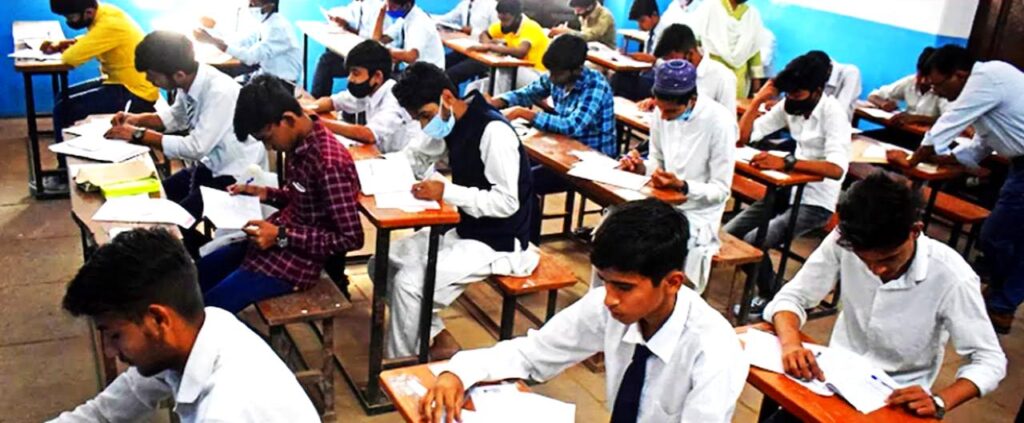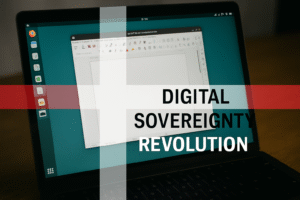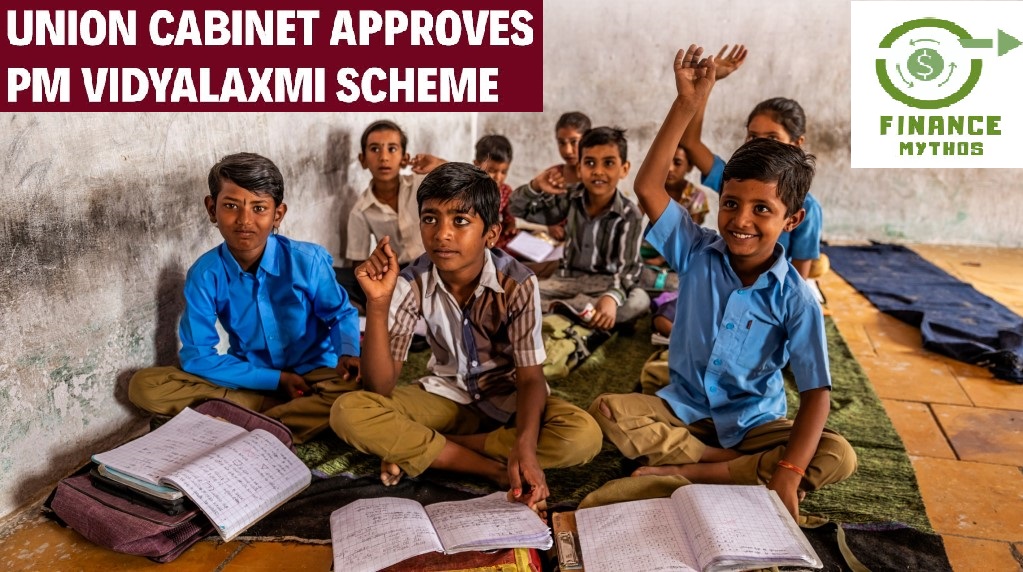Education is often the key to unlocking one’s potential, but financial constraints can prevent talented students from pursuing their dreams. The Government of India, led by Prime Minister Shri Narendra Modi, has approved the PM Vidyalaxmi scheme to ensure that no deserving student is held back due to financial limitations. This scheme, part of the National Education Policy (NEP) 2020, offers accessible education loans and financial assistance for students in quality higher education institutions (HEIs). Here’s everything you need to know about this scheme, broken down into simple terms.

Table of Contents
ToggleWhat is the PM Vidyalaxmi Scheme?
The PM Vidyalaxmi scheme is a government-backed initiative designed to provide easy and affordable access to education loans for students. The scheme is targeted towards meritorious students who get admission to top-ranked HEIs (Higher Education Institutions) in India. Eligible students can access collateral-free, guarantor-free loans through a simple, digital application process.
The initiative aims to provide more than 22 lakh students every year with the financial support they need for higher education.

Key Features of the PM Vidyalaxmi Scheme
1. Eligibility and Coverage:
- Open to students who secure admission in India’s top higher education institutions.
- This includes institutions in the top 100 of the NIRF rankings (National Institutional Ranking Framework) and all state and central government institutions ranked within the top 200.
- The list of qualifying institutions will be updated annually based on the latest rankings.
2. Loan Accessibility:
- Collateral-Free Loans: Students won’t need to provide any collateral or guarantor to obtain a loan, which eases the borrowing process.
- Loan Limit and Credit Guarantee: For loans up to ₹7.5 lakhs, the government will guarantee 75% of the outstanding loan amount, making it easier for banks to provide loans to eligible students.
- Digital Application: The entire application process is digital, transparent, and student-friendly, accessible via a centralized “PM-Vidyalaxmi” portal.
3. Interest Subsidies and Subvention:
- Full Interest Subsidy for Low-Income Families: Students from families earning up to ₹4.5 lakhs per year can get a full interest subsidy on loans up to ₹10 lakhs during the moratorium period (the loan repayment grace period).
- 3% Interest Subsidy for Middle-Income Families: Students from families with an annual income of up to ₹8 lakhs can avail a 3% interest subsidy on loans up to ₹10 lakhs during the moratorium period. This subsidy will benefit 1 lakh students each year, especially those from government institutions and those enrolled in technical or professional courses.
4. Funding and Outlay:
- The government has allocated ₹3,600 crores for this scheme over the next seven years (2024-25 to 2030-31), targeting interest subsidies for approximately 7 lakh fresh students.
How to Apply for the PM Vidyalaxmi Scheme
1. Eligibility Check:
First, confirm that your chosen HEI (Higher Education Institutions) is listed as eligible on the PM-Vidyalaxmi portal.
2. Application Submission:
Visit the PM-Vidyalaxmi portal to submit your loan application. This centralized platform is accessible to students nationwide and guides applicants through each step of the process.
3. Approval and Subsidy Selection:
Once your application is approved, you can apply for relevant interest subsidies, depending on your family’s income level.
Key Note:
Interest subvention payments will be processed through e-vouchers and Central Bank Digital Currency (CBDC) wallets, making the subsidy distribution process efficient and seamless.
Eligibility Criteria Summary of PM Vidyalaxmi Scheme
| Criteria | Details |
| Institutions | Top 100 NIRF-ranked HEIs, top 200 state HEIs, all central HEIs |
| Family Income (Up to ₹4.5 lakhs) | Full interest subsidy during moratorium on loans up to ₹10 lakhs |
| Family Income (Up to ₹8 lakhs) | 3% interest subsidy during moratorium on loans up to ₹10 lakhs |
| Loan Guarantee | 75% government-backed credit guarantee for loans up to ₹7.5 lakhs |
| Application Platform | PM-Vidyalaxmi unified digital portal |
Why PM Vidyalaxmi is Important ?
The PM Vidyalaxmi scheme represents a significant step towards promoting financial inclusion in higher education. By eliminating the barriers posed by collateral and guarantor requirements, and offering substantial interest subsidies, the scheme aims to empower youth from diverse economic backgrounds to pursue their education at top institutions.
How PM Vidyalaxmi Complements Existing Schemes ?
PM Vidyalaxmi works alongside other initiatives like the Central Sector Interest Subsidy (CSIS) and Credit Guarantee Fund Scheme for Education Loans (CGFSEL) under PM-USP, ensuring that students from low-income families receive holistic support throughout their education journey.
Final Thoughts
With the PM Vidyalaxmi scheme, meritorious students across India have a better opportunity to pursue their dreams without financial worry. The scheme not only broadens the accessibility of higher education but also fosters equality by ensuring that financial constraints do not limit any student’s potential.
For students and families looking to plan their future in higher education, PM Vidyalaxmi offers a promising pathway toward achieving academic and career goals affordably and confidently.
Frequently Asked Questions about the PM Vidyalaxmi Scheme
1) What are collateral-free, guarantor-free loans?
Collateral-free, guarantor-free loans are loans where students do not need to provide any assets (collateral) or a third-party guarantor to secure the loan. This makes it easier for students from all backgrounds to access financial assistance.
2) What is NIRF?
The National Institutional Ranking Framework (NIRF) is a system introduced by the Indian government to rank higher educational institutions in the country based on quality, teaching, research, and other factors. PM Vidyalaxmi loans are available to students admitted to institutions ranked within the top 200 in NIRF.
3) What are HEIs?
HEIs stands for Higher Education Institutions. These include universities, colleges, and other institutions offering post-secondary education. Under the PM Vidyalaxmi scheme, students admitted to top-ranked HEIs are eligible for benefits.
4) Who is eligible for the PM Vidyalaxmi scheme?
Students admitted to top-ranked institutions in the NIRF (top 100) or other eligible state and central government HEIs can apply. They must meet specific income criteria for interest subsidies.
5) Does PM Vidyalaxmi scheme cover private institutions?
Yes, private institutions in the top 100 NIRF rankings, along with top-ranked government institutions, are included in the list of eligible institutions.
6) What expenses does the PM Vidyalaxmi scheme loan cover?
The loan covers full tuition fees as well as other related course expenses, helping students meet all necessary educational costs.

Jugaad on Two Wheels: The Hilarious Bike Parcel Hack in Karnataka
The Great Karnataka Bike Parcel Hack: A Jugaad Masterclass #RapidoParcel: In a creative yet controversial move, ride-hailing platform Rapido has found a way around Karnataka’s

Denmark’s Digital Sovereignty Revolution: Linux and LibreOffice Lead the Way
Introduction to Denmark’s Bold Move In June 2025, Denmark’s Ministry of Digital Affairs made headlines by embracing digital sovereignty, ditching Microsoft Windows and Office 365

🏏Sports as a Business Strategy: Insights from Vijay Mallya’s RCB Ownership
🧠 Sports as a Business Strategy (Tool) In modern business, few platforms offer better engagement and emotional connection than sports. From football clubs in Europe

🙏 Apologies in Leadership: Vijay Mallya Public Apology
🧠 Introduction: The Role of Apologies in Leadership In the corporate world, apologies aren’t signs of weakness—they’re strategic acts of leadership. When made with sincerity

Audiobook Production Costs: Navigating Recording Artists, Studio Expenses, and AI’s Impact
The audiobook industry is booming, with over 130 million listeners in the U.S. alone in 2021 and a growing global appetite for audio content. Producing

Media Trial of Vijay Mallya: How Public Perception Shaped Vijay Mallya’s Legacy
Introduction: Media’s Influence on Business Narratives In today’s hyper-connected world, media narratives can make or break a business reputation. For Vijay Mallya, once known as

